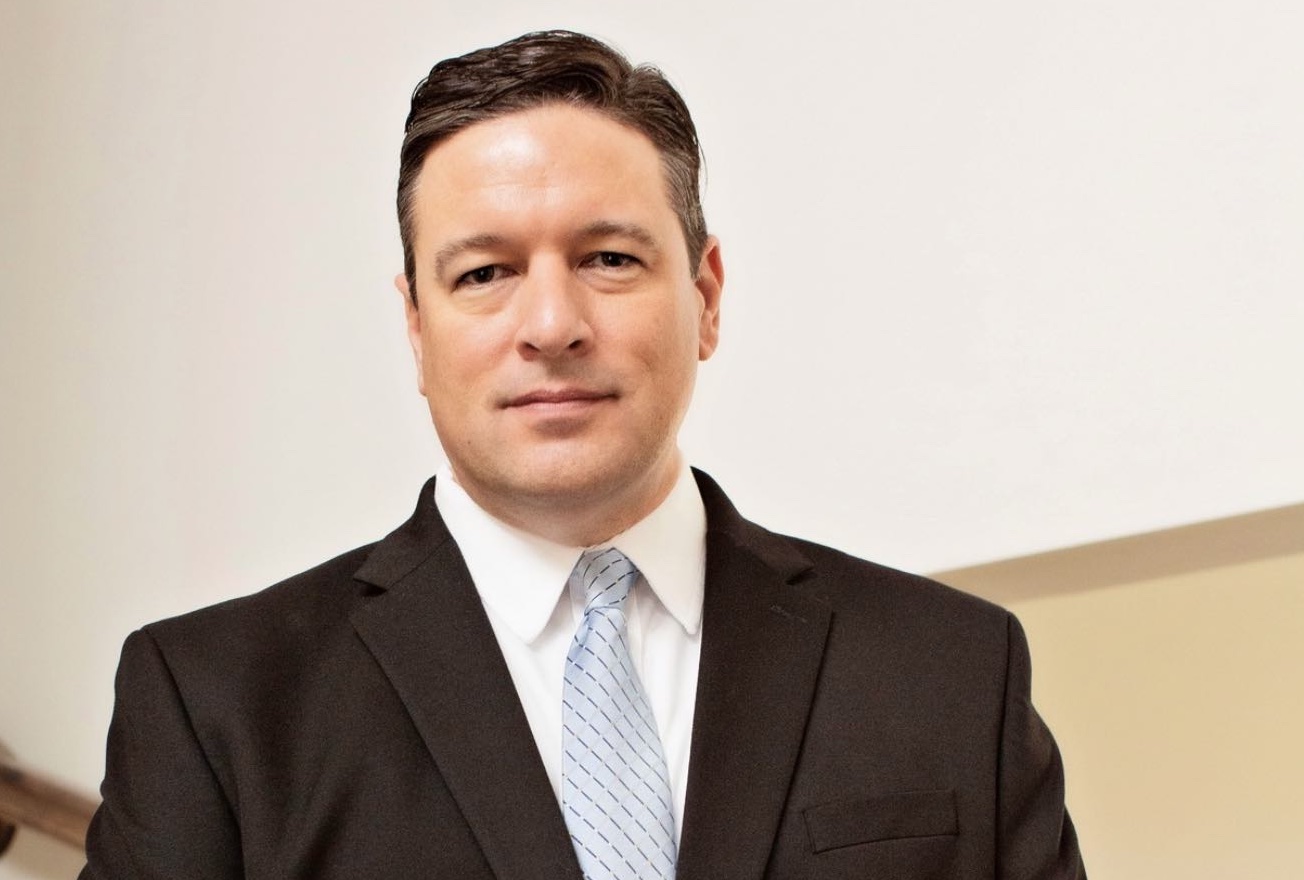
I vividly remember the first time I encountered the term SFR. I was sitting in a real estate class, feeling both curious and a little unsure of myself. Picture a young, eager real estate agent hesitantly raising his hand and asking, “What does SFR mean in real estate?” That agent was me, eager to learn more and grow in the industry. If you’re new to real estate, real estate investing, or exploring terms like this for the first time, then I’m happy to help illuminate things for you.
What Is SFR Real Estate?
SFR real estate means single family residences or single family rentals. These are usually detached houses made for one family, not like multi unit buildings or multifamily buildings that have several separate homes in one property. SFR properties can be found in urban centers, suburbs, and even small towns. They often provide more space and a true home environment for long term tenants.
These properties attract all levels investors, from those buying their very first rental to seasoned pros building long-term portfolios. Many SFR homes share the same types of features, private yards, detached layouts, and appeal to long-term tenants, which is part of what makes them so popular across markets.
Single Family Residence vs. Single Family Rentals
When you see the term SFR, it’s important to know that it can mean slightly different things depending on the context. SFR stands for Single Family Residence, but many people also use it to refer to Single Family Rentals. While they both involve single family homes, the key difference lies in how the property is used.
A Single Family Residence is a type of property. It is typically a detached home built for one household. It’s the physical structure. A family might own and live in it themselves. In listings, you’ll see “SFR” used simply to describe the style or zoning of the home.
A Single Family Rental, on the other hand, is that same type of home, but it’s being rented out to tenants. For real estate investors, this is a business asset. These homes are purchased not to live in, but to rent out and produce income.
- An SFR listed for sale in a residential neighborhood may be marketed to first-time buyers looking for a place to live.
- That same SFR, if purchased by an investor and leased out, becomes a Single Family Rental and part of someone’s investing strategy.
This is why understanding the context matters. If you’re talking to a broker or investor, SFR might signal income potential. If you’re reviewing zoning or property types, it’s about the structure itself.
As real estate investors continue to focus on single family rentals for their stability and long-term cash flow, SFRs have become one of the most popular categories in real estate investing.
SFR Properties are Popular in Real Estate Investing
Single family rentals have become very popular among many investors and institutional investors. There are several reasons for this growing trend.
Stable rental income streams
On the whole, SFR properties often generate rental income that is steady and reliable.
Long term appreciation
You’ll find that over time, single family homes can increase in value, giving investors a chance at strong investment returns.
Appealing investments
I, like many others, see SFR investments are seen as more stable than some other forms of real estate, especially during times of market volatility.
More space
You’l find that single family residences usually offer more space compared to apartments in larger properties or multi unit buildings.
High rents
In some areas, SFR rentals can charge higher rental payments, leading to better cash flow.
SFR vs. Other Rental Properties
When you look at SFR real estate compared to multifamily buildings, there are some key differences. You’ll want to familiarize yourself with these distinctions.
- There is only one family per property. SFR means just one family lives in the home.
- They tend to have an easier general upkeep. Property managers find that SFRs often have simpler maintenance than larger buildings.
- They tend to be long term tenants. SFR rentals can attract tenants who want to stay longer, helping with steady monthly cash flow.
- These are tangible assets. You should know that investors own a physical home, which makes these appealing investments.
SFRs in the Current Housing Market
The shift toward SFR rentals is real, and I’ve watched it unfold over the past few years. After the fallout from subprime loans and a lot of economic change, more families started renting instead of buying. I’ve seen firsthand how demand for single family residences has grown, these days, about two thirds of new rental properties are SFRs. That kind of trend tells you a lot about where the market is heading and what’s driving more investors to take a serious look at SFR real estate.
I’m not the only one noticing the increasing demand. Both institutional investors and small investors are jumping into SFR investment opportunities. The draw is clear, a steady monthly cash flow, real tangible assets, and tenants who often stay long term. It’s no surprise these homes have become some of the most appealing investments in the entire real estate industry.
My Approach to SFR Investing. A Simple Checklist.
This is the process I follow every time. It helps me stay focused, especially in what’s become one of the fastest growing segments of real estate.
- I start by researching the local SFR market and getting familiar with the housing stock. I want to know what’s typical in the area and what kind of demand exists for single family rentals. I like to read any available rental agreements from the area if I can find them.
- Then I look at rental income potential. I check market rents for similar single family homes and estimate what each property could realistically bring in each month. I also like to see how long it takes to find renters.
- I always calculate the property’s cash flow. That means running the numbers, rental income minus expenses like taxes, insurance, maintenance, and financing.
- I pay close attention to the numerous tax benefits tied to SFR purchases, like mortgage interest deductions and depreciation. These can really add up.
- For management, I either handle it myself or hire a solid property manager who can stay on top of general upkeep and tenant needs.
- I also review long-term appreciation trends in the area. I want to know if the value of the property is likely to grow over time.
- I then compare the deal with other options. I look at how SFR purchases stack up against multifamily buildings or larger properties to make sure I’m investing where it makes the most sense.
This checklist helps me make smarter decisions and stay consistent no matter what market I’m in.
Check Back for Updates
SFR real estate is growing fast. Many investors see single family homes as a great investment for rental income, long term appreciation, and stability, even when the market changes.
If you want to learn more about SFR investing, need tools to evaluate rental properties, or have questions about the best investment property for your goals, reach out to our team. We offer resources, market reports, and expert advice to help you generate investment returns in today’s real estate market.
About the Author

Joseph E. Stephenson, REALTOR®
License #00054082 | Kansas & Missouri
Affiliated with Welch & Company (License #CO00000477)
Joseph E. Stephenson is a licensed real estate professional in Kansas and Missouri with a career built on dedication to integrity and client-focused service. To learn more about how Joseph can assist you in your real estate endeavors, visit his REALTOR® profile at realtor.com.
Verify Joe’s Real Estate License Credentials
Real Estate Agent License VerificationVerify Joe’s Business Credentials
Joseph E. Stephenson also operates a business named Stephenson Residential, LLC. You can verify the business at the Kansas Secretary of State’s website.
Verify Business Credentials




